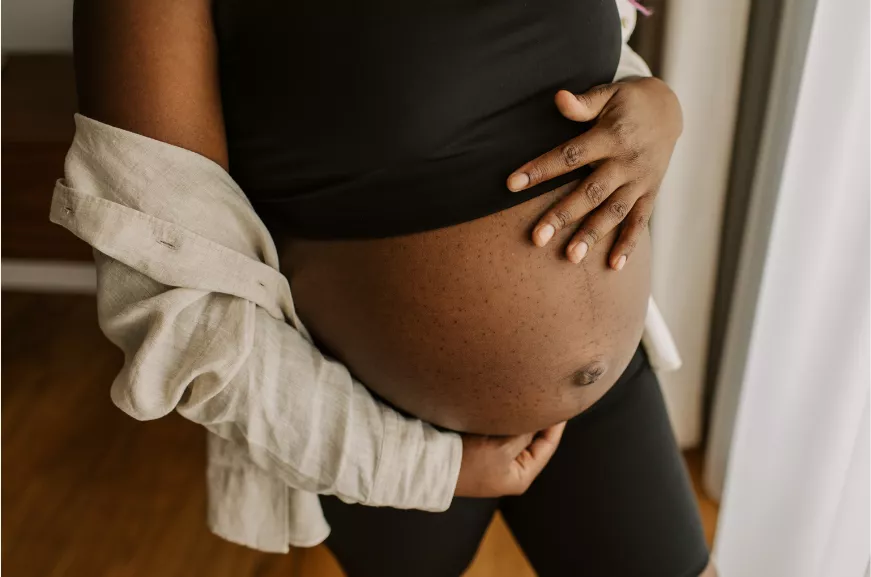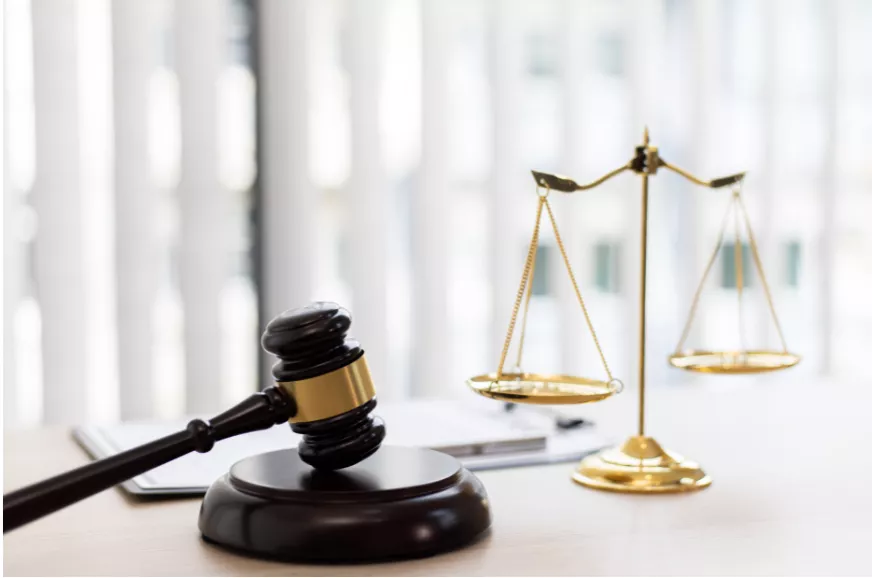Science and Public Health in the New YearWill Trust Improve in 2024?
February 8, 2024

At the end of last year the editor-in-chief of the journal Science, H. Holden Thorp, lamented in an editorial that “In the US, confidence in science continues to decline and become more polarized. Only 57% of [US] Americans now believe that science has had a positive effect on society, down 16 points since the start of the severe acute respiratory syndrome coronavirus (SARS-CoV-2) outbreak.” Thorpe noted a paradox here: scientists made some remarkable discoveries and advances in 2023 that indeed benefit society, like the introduction of new and highly effective medications for weight loss and vaccines against malaria. Yet, as he notes, there is an alarming and growing disconnect between what science accomplishes and what many people think science is doing.
As an example, we were struck recently by a comment made to us from a highly educated scientist that public health has lost credibility because, in their view, lockdowns during the early months of the Covid-19 pandemic had proven ineffective. They opined instead that school closings had harmed children and that therefore the risk to benefit ratio for lockdowns was clearly on the harm side.
What is the evidence for such an assertion regarding lockdowns? Remember that in the first months of the pandemic we had no vaccines or drugs to treat Covid-19 and many people were dying from the virus. Were public health officials wrong to recommend lockdowns and to urge social distancing? What other tools are available in the absence of a vaccine to limit the morbidity and mortality caused by a new infectious pathogen? In fact, as a report in the journal Nature from last September noted, “Most scientists agree that lockdowns did curb COVID-19 deaths and that governments had little option but to restrict people’s social contacts in early 2020, to stem SARS-CoV-2’s spread and avert the collapse of health-care systems.” Still, it is possible to find published papers and commentaries that do not support the effectiveness of lockdowns. Some of them emphasize the social cost of lockdowns, including the impact on children who were forced to miss school for long periods of time and on businesses that were shuttered. Hence, it is possible to cherry-pick data and conclude that lockdowns were ineffective and caused more harm than good, even though the bulk of the evidence supports their role in reducing the early spread of Covid-19 and saving lives.
Yet, what is most important for our consideration here is the impact that the impression that lockdowns caused more harm the good has on public trust in science. If people believe, as our scientist example clearly does, that public health officials capriciously ordered lockdowns without any evidence supporting their decisions, then what follows is mistrust in public health authorities. And this kind of thinking undermines trust in science in general.
It is, of course, challenging to study the impact of lockdowns because there is no obvious comparison condition to tell us what would have happened if there hadn’t been lockdowns. No one performed randomized, controlled trials of lockdowns and therefore epidemiologists are forced to use a variety of less optimal methods to judge their benefits and harms. Furthermore, lockdowns came in many varieties during the early months of the pandemic and when they were ordered they were enforced to varying degrees. Also, people voluntarily imposed virtual lockdowns on themselves by avoiding public venues, but the extent to which this occurred is hard to quantify and therefore it is difficult to judge its impact. All of this makes it hard to study lockdown impact, leading to reports that differ in their conclusions about the strength of the lockdown effect. This again leaves it open for people to believe that lockdown decisions were not evidence-based, when in fact they were based on the best possible available evidence at the time.
The lockdown situation is of course just one example of how a complicated scientific scenario can lead to mistrust in what scientists say. What can be done to make people more comfortable with the realities of scientific inquiry so that they understand that in an emergency like a pandemic, decisions must be made even when airtight evidence is not available? Turning once again to Thorpe at Science, “The solution to this is daunting but doable. The scientific community must figure out how to speak out against anti-science attitudes and beliefs without sounding condescending and furthering populist paranoia.” We would go a step beyond this and advocate that we must begin educating people from childhood on about what it means to have uncertainty in any scientific domain and how we can still reach reasonable conclusions and determine best courses of action using the evidence available. Right now, we are uncomfortable when there is uncertainty and that allows what Thorpe calls “anti-science attitudes and beliefs” to take over. A good scientist acknowledges that studying something like lockdowns is tough, that most of the data point to their effectiveness and necessity, but that more research may change that conclusion. But a purveyor of “populist paranoia” has no trouble expressing absolute certainty that lockdowns don’t work, that they cause harm, and that public health officials who recommended them had nefarious intent in doing so. Scientists and science educators need to work hard to help us all understand that it is the former voices we should listen to. That means increasing our comfort level for scientific uncertainty, which in turn entails understanding how science really works.
We will learn a lot in retrospect by studying the harms and benefits of lockdowns, and we may do things better when the next pandemic occurs. For now, we must understand that there was no malevolent intent or dark conspiracy behind their use in the early months of Covid-19. Public health officials used the best possible intelligence to craft a solution that worked to varying degrees to control the pandemic and buy time until vaccines became available. That is a message about the use of emerging evidence that needs to be conveyed as part of the “daunting” task of repairing trust in public health and science.
Related Posts

Do Doctors and Patients Understand Uncertainty in the Same Way?
Posted in trust
Do doctors and patients think about medical uncertainty in the same way? There's reason to believe we don't understand this well enough to really know how to build back trust.

The Consequences of Being Mistreated by the Healthcare System
Posted in Health disparities
What are the consequences of being mistreated by the healthcare system? Here we think about what effect this has on health outcomes for communities of color.

Getting It Right at the U.S. Supreme Court
Posted in Misinformation
The Supreme Court has lost a lot of public regard. Might they be getting things right when it comes to misinformation online?